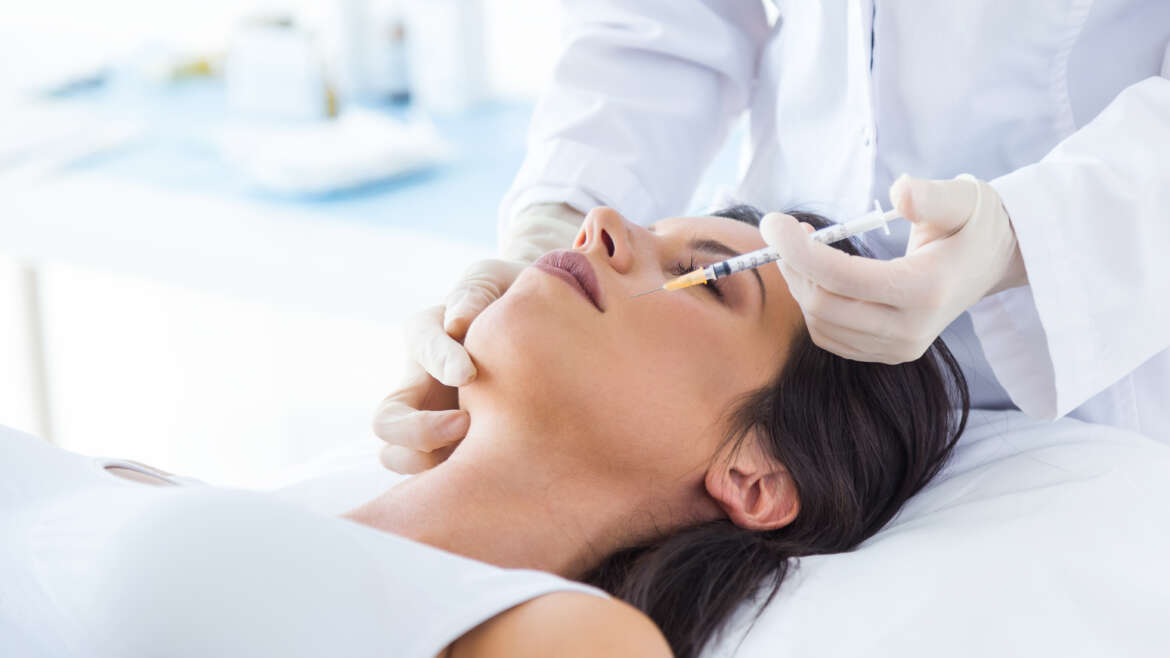Is Botox the Right Solution for Your Wrinkles?
Introduction
Getting conscious with the increasing lines in your face?
You’ve probably heard of Botox, Being the most popular cosmetic procedure nationwide, with 7 million undergoing it in 2016.
Maybe you’re considering on undergoing this treatment, too.
Why not? It seemingly is a miraculous treatment for wrinkles and fine lines.
But it’s best to learn more about it before you visit any clinic.
What is Botox?
Botox is a trade name for a substance injected into the skin.
It is made of poison, and weakens or paralyzes muscle.
But that should not be a cause of concern.
According to the American Osteopathic College of Dermatology, (AOCD), Botox is safe and has few side effects when used in a therapeutic context.
In small doses, it not only reduces skin wrinkles and fine lines, but even help treat some muscle conditions and nerve-related disorders.
Among those is that it helps cure are crossed eyes, eyelid spasms, excessive sweating, and some bladder disorders.
Note that others use the term Botox interchangeably for other botulinum toxin injections products, such as Dysport, Xeomin, Myobloc, and Jeuveau.
Common Facial Areas for Botox Treatment
⦁ frown lines, also called glabellar lines or “elevens”
⦁ wrinkles around the eyes, known as crow’s feet
⦁ horizontal creases in the forehead
⦁ lines at the corners of the mouth
⦁ “cobblestone” skin on the chin
⦁ Dark circles under the eyes. Research has not shown whether Botox could improve those.
Non-Approved Used of Botox Injections
⦁ alopecia
⦁ psoriasis
⦁ dishidrotic eczema
⦁ post-herpetic neuralgia
⦁ vulvodynia
⦁ Raynaud syndrome
⦁ achalasia, an issue with the throat that makes swallowing difficult
⦁ anismus, a dysfunction of the anal muscle
⦁ sialorrhea, a condition where the body produces too much saliva
⦁ Some people also try Botox to improve the appearance of their hair. There is also little evidence that this works.
How does it work?
Muscles contract when nerves release acetylcholine, a chemical messenger, at the junction where the nerve endings connect to the muscle cells.
When acetylcholine attaches to receptors on the muscle cells, the muscle contract.
Botox injections prevent the release of acetylcholine, which stops muscle cells from contracting.
The toxin reduces abnormal muscle contraction, allowing the muscles to become less stiff.
Procedure
Botulinum toxin powder is diluted in saline and injected directly into neuromuscular tissue.
The units required may vary depending on the treatment selected, but frown lines, for example, can require 18-24 units. Forehead botox may require up to 20 units.
It usually takes 24–72 hours for botulinum toxin to take effect. However, in rare cases, it may take as long as 5 days for the full effects to take place.
Once the effects take place, it may last for 3–12 months, depending on the treatment.
Risks and side effects
People generally respond well to Botox injections well, and there are seldom any side effects.
However, you should avoid botox treatment if you are pregnant, breastfeeding, or if you have had an allergic reaction to the drug or any of its ingredients.
Other than its intended effects, botulinum toxin may also cause some unwanted reactions.
These may include:
⦁ mild pain, swelling, or bruising around the injection site
⦁ flu-like symptoms
⦁ a headache
⦁ an upset stomach
⦁ temporary eyelid drooping
⦁ numbness
⦁ malaise, or feeling generally unwell
⦁ temporary unwanted weakness or paralysis in nearby muscles
⦁ In rare cases, the person may have a genetic predisposition that results in a mild, transient unusual response to the drug.
⦁ Some people receiving injections of botulinum toxin type A develop antibodies to the toxin that make subsequent treatments ineffective.
Costs
Different brands of botulinum toxin solution vary in prices, so your bill would depend on the brand that your service provider uses.
Please Click here For price information
How Long Does It Last?
Shorter-term fillers can last from six to 11 months based on the patient’s rate of aging (i.e., smoking, drinking, sun exposure, genetics),
Longer-term fillers last about one to two years.
Frequently Asked Questions
A: The safety and effectiveness of Botox has been proven in more than 16 years of published research and described in 528 articles in peer-reviewed scientific and medical journals, making it is the most widely researched and studied treatment of its kind.
As of 2008, not a single death associated has been recorded with the use of Botox cosmetic.
A: The drug can temporarily paralyze muscles, which can benefit a range of muscle- and nerve-related disorders.
A: Just like any other medical or cosmetic treatment, a Botox treatment can go wrong. But the risks are very minor, such as redness, swelling, bruising, or bleeding.
A:
⦁ No touching. This is the foremost rule after a Botox treatment.
⦁ Avoid physical activities.
⦁ Don’t take painkillers or drink alcoholic beverages
⦁ Don’t sleep within 6 hours after treatment. Taking a nap too quickly after the procedure may increase the possibility of the injected neurotoxins moving away from the target muscles to surrounding areas.





